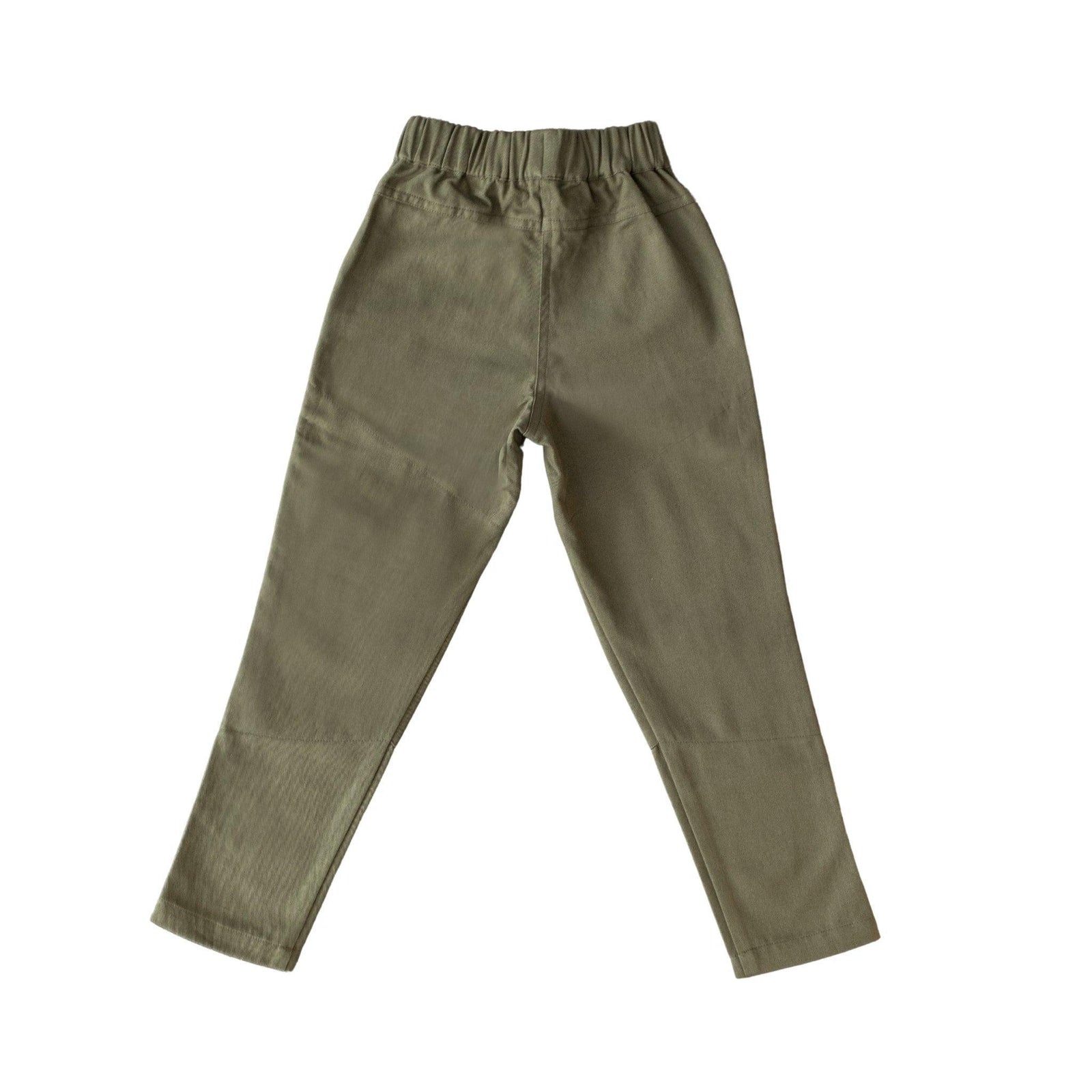FREE SHIPPING ON ALL US ORDERS OVER $150
FREE SHIPPING ON ALL US ORDERS OVER $150

How long will this fabric take to decompose?
June 21, 2023 3 min read
Fast fashion is destructive and wasteful, if you’re a fan of Jackalo, I’m sure you already know that. If you’re new here, though, Fast Fashion is cheap, trendy clothing produced rapidly by mass-market retailers in response to the latest looks at Fashion Week. As fast fashion has risen, so has the amount of clothing in the landfill. This plays a huge toll on the environment. Not only are tons of resources and harmful chemicals used in the creation of this throw-away fashion, but many fast fashion companies use non-biodegradable fabrics. These means that these garments hang around basically forever.
A sustainable lifestyle in an imperfect practice. While we can’t always choose the most sustainable option, I’ve outlined the most and least biodegradable fabrics below to serve as a road map.
Bio-degradable fabrics to invest in

Cotton: decomposes in about 5 months
Organic cotton is one of the most sustainable fabrics, in part because it can decompose so quickly. When composted, it can decompose in only a few weeks. Organic cotton is even better for the environment, ensuring little harm to humans, farmland, and the ecosystem as a whole.
These are only a few of the many reasons I use organic cotton in almost all of my play clothes for Jackalo. Whether they end up as hand me downs, in our TradeUp program, or in the compost bin, you can breathe easy knowing you’ve done your best to minimize your impact on the ecosystem.

Linen: decomposes in about 2 weeks depending on the weight
Much like cotton, linen, a derivative of the flax plant, is considered one of the most sustainable fabrics in the fashion industry. In its purest form without dyes, it can decompose in only a few weeks. The material is also naturally moth resistant and often doesn’t require dyes as it comes in a number of natural shades. Linen isn’t used as frequently as cotton, though, because processing is labor-intensive and thus rather expensive. But, it is extremely durable and just gets softer with age. It’s definitely a fabric that is worth the investment!

Hemp: decomposes in about 2 weeks in its most natural form
Don’t fear, hemp is far less exciting than it’s cousin Marijuana. Hemp is actually made from the stalk of the cannabis plant and contains little to no THC. The cannabis plant can easily consume an area, making it perfectly low maintenance to grow. This means it requires little water and helps soil retain nutrients.
Non-biodegradable fabrics to avoid

Did you know polyester is actually made of plastic? While polyester can be recycled, it takes a long time to decompose. And when it breaks down it ends up polluting our waterways and being consumed by marine life (with unknown health consequences for us up the food chain.) Polyester is also difficult to dye, requiring an especially potent concoction to add color to garments. These dyes are hard to treat once they’re in water and toxic to the ecosystem when released.

Sequins: entirely non-biodegradable
Lots of people love sequins for a dressy event, and I'm seeing more and more sequins on kids clothes as an embellishment. Although I fully support bringing a little more shine into the world during these difficult times, it comes with a big price to the environment. Traditional plastic sequins will sit in a landfill for hundreds of years, since plastic doesn’t biodegrade. The sequins can also end up in our waterways causing harm to organisms that may gobble them up.

Spandex: entirely non-biodegradable
Similar to polyester, Spandex is a form of plastic. Unlike polyester, spandex is a byproduct of petroleum. Aside from being entirely non-biodegradable, the production of Spandex requires such extensive processing and use of nonrenewable resources that it’s easily one of the least sustainable fabrics available.
I hope this little guide helps you make better choices for the environment. Got other fabrics you're interested in knowing about? Share them below and we'll update this guide with more of your favorites!
Quick tips
1. Prioritize organic and natural fibers. Look at organic cotton, linen, and hemp as great durable, comfortable, and climate-friendly fabrics.
2. Recycled fibers next. If you can't use a natural fiber (for example for work-out clothes) look for recycled fibers and wash these carefully. (See our better laundry info for how.)
3. Avoid sequins. Yes, they are fun. But they never break down. These are a hard no, for me. But if you must, only buy vintage. We don't need any new sequins in the world!

We think they'll love...
Meet the styles families love most. Our best-selling kids’ clothes are crafted from organic, sustainable fabrics and built to last through countless adventures—then passed on through our TradeUp program.
Get 15% off
Get 15% off your first order along with early access to new products and exclusive deals when you join our list!
Sign up to get the latest on sales, new releases and more …















































